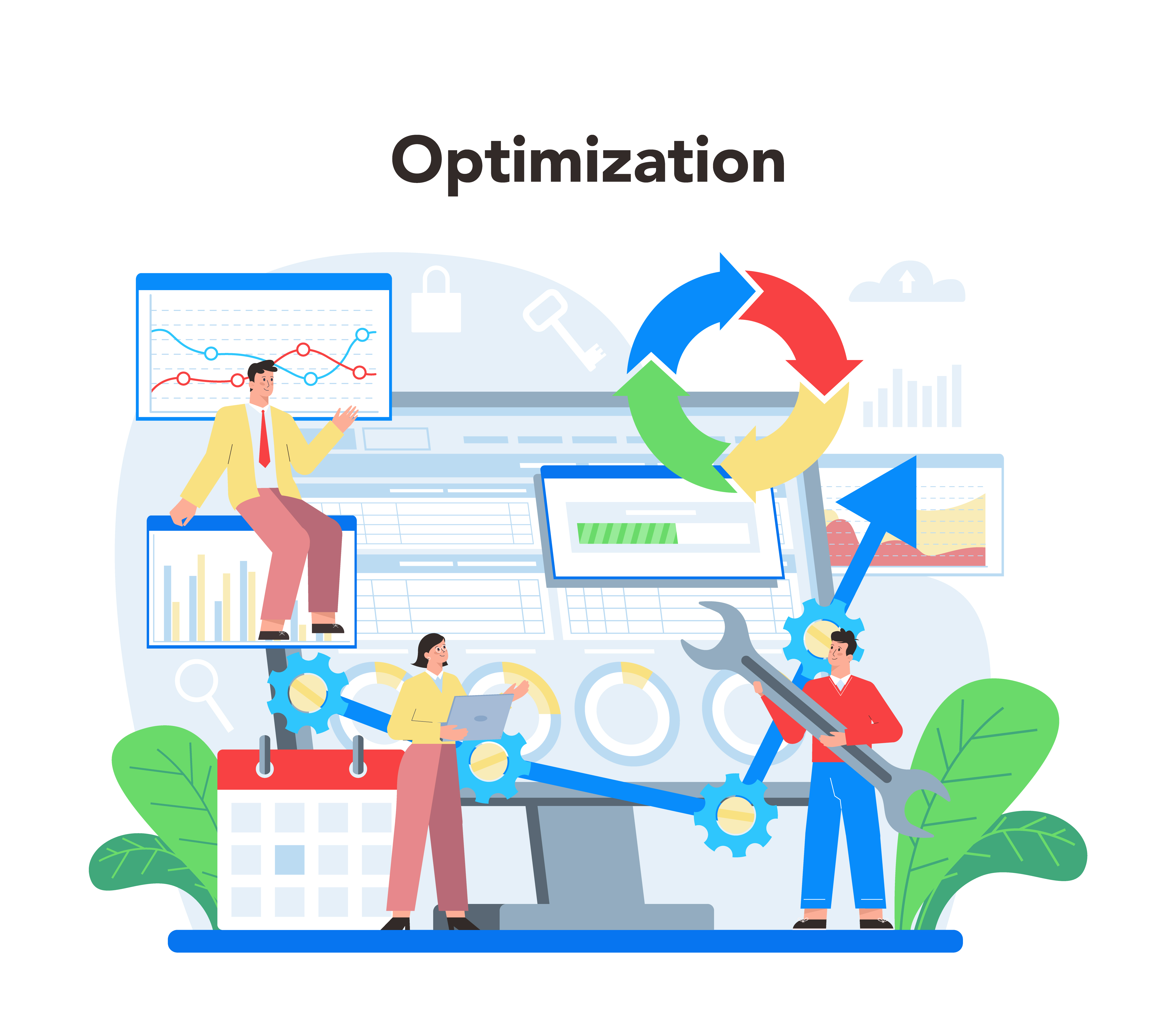July 27, 2023

On-page optimization, also known as on-page SEO (Search Engine Optimization), refers to the process of optimizing individual web pages to improve their search engine rankings and increase organic traffic. The goal of on-page optimization is to make your web pages more search engine and user-friendly, which can lead to better visibility in search results and ultimately attract more visitors to your website. Here are some key aspects of on-page optimization:
Keyword Research: Identify relevant keywords and phrases that your target audience is likely to use when searching for content related to your website. Use keyword research tools to find high-traffic and low-competition keywords.
Page Titles and Meta Descriptions: Write unique, descriptive, and keyword-rich titles and meta descriptions for each page. These elements are displayed in search results and can significantly impact click-through rates.
URL Structure: Create clean and SEO-friendly URLs that include relevant keywords and provide a clear idea of the page's content.
Content Optimization: Produce high-quality, valuable, and engaging content that satisfies the intent of the user's search query. Incorporate relevant keywords naturally into your content, but avoid keyword stuffing.
Headings and Subheadings: Use proper heading tags (H1, H2, H3, etc.) to structure your content. This helps search engines understand the hierarchy of information and improves the readability for users.
Image Optimization: Optimize images by reducing file sizes without sacrificing quality, and add descriptive alt text to help search engines understand what the images are about.
Internal Linking: Link to other relevant pages within your website using descriptive anchor text. This helps search engines navigate your site and understand the relationships between your content.
Mobile-Friendly Design: Ensure your website is responsive and provides a good user experience on various devices, including smartphones and tablets.
Page Speed: Optimize your website's loading speed by compressing images, enabling browser caching, and using efficient coding practices. Fast-loading pages are essential for both user experience and search engine rankings.
Schema Markup: Implement schema markup to provide additional context to search engines about your content. This can enhance the appearance of your listings in search results with rich snippets and other enhancements.
Remember that on-page optimization is just one aspect of SEO. Off-page factors, such as backlinks and social signals, also play a crucial role in determining your website's overall search engine ranking. A well-rounded SEO strategy should include both on-page and off-page optimization efforts.